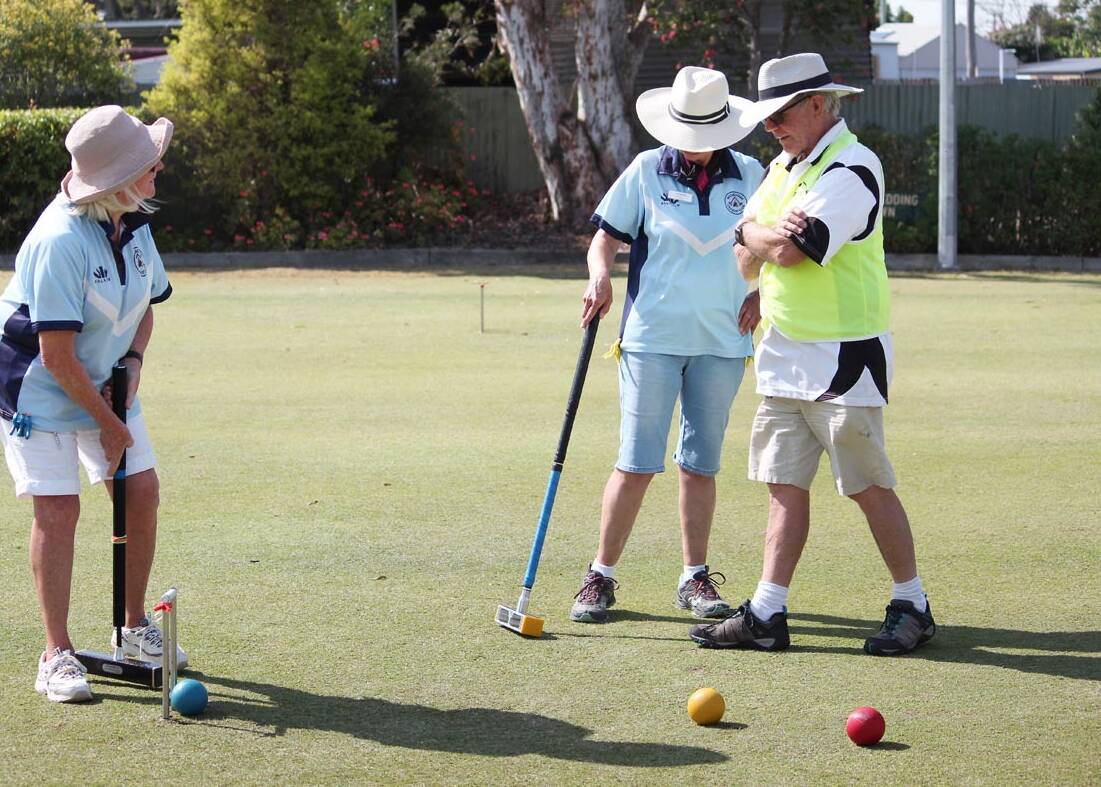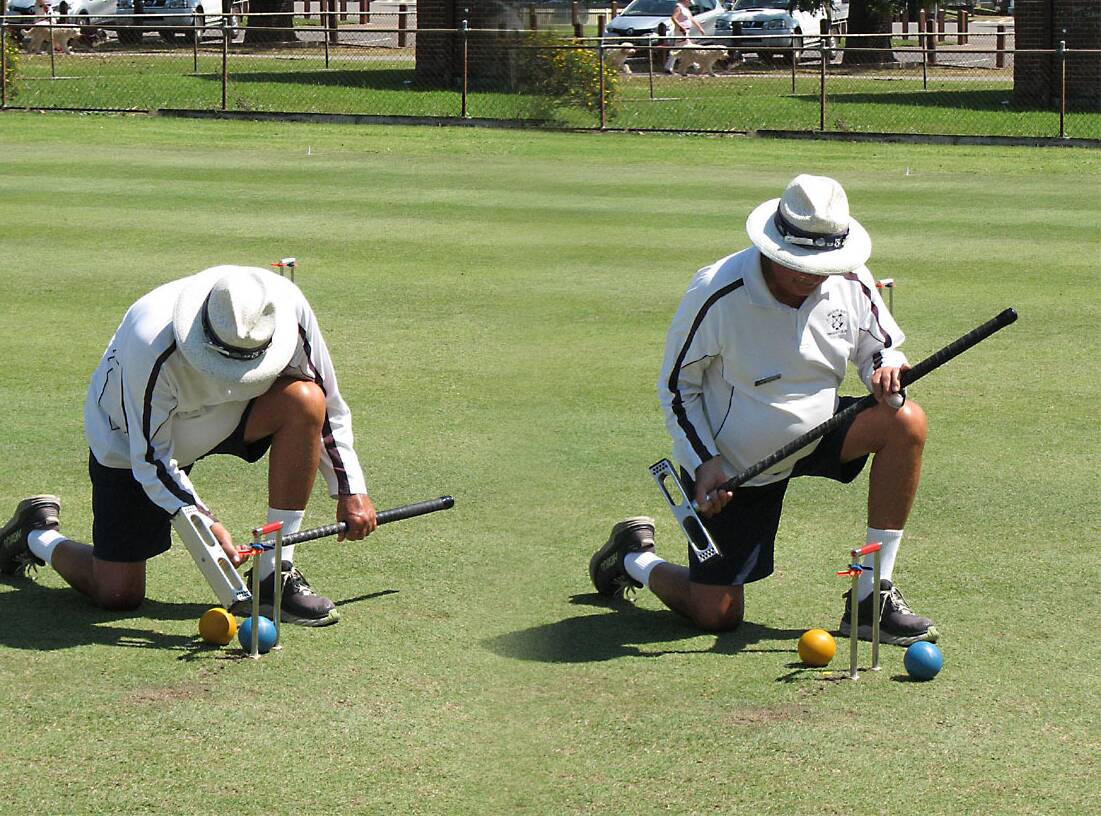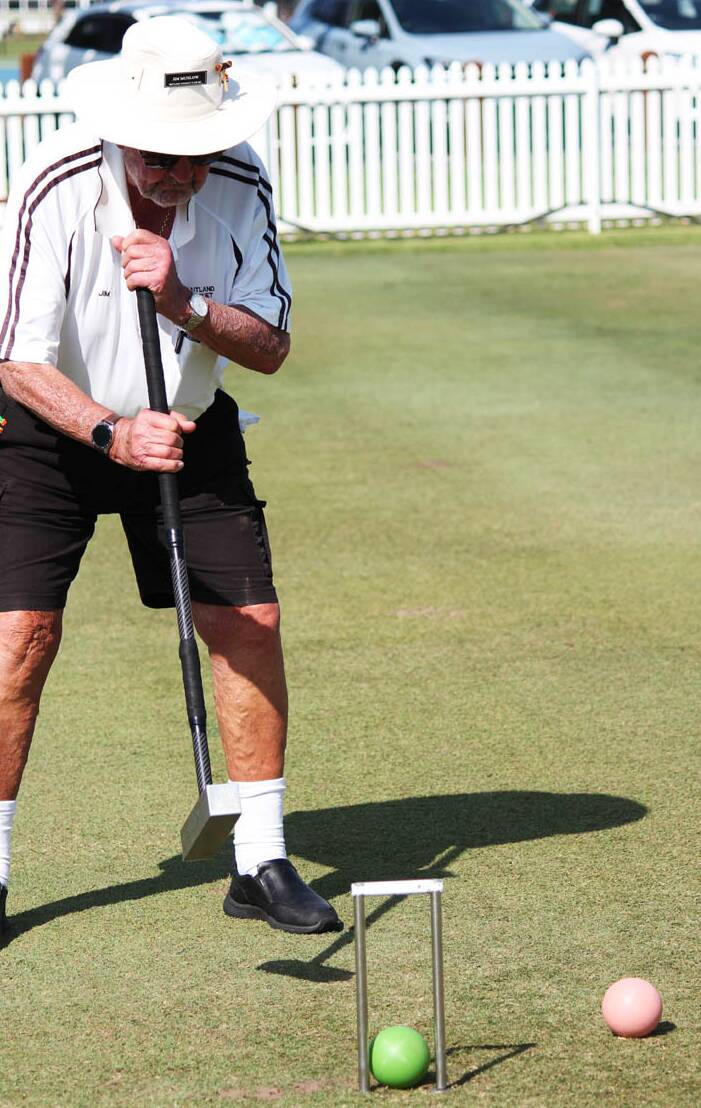
It's something of a mix of snooker, golf and lawn bowls, with the tactics of a hard-fought chess game and the competitive spirit of a rugby match.
Taking part in a round is described as the physical equivalent of playing nine holes of golf inside a standard court of about 32 metres by 25.6 metres, and hundreds of players in 11 clubs are playing in just the Hunter alone.
The sport is croquet, and for those who play it, it's a competitive, fierce, and sometimes cutthroat test of skill and tactics.
"Croquet players are lovely people until they step onto the lawn," Maitland Croquet Club secretary David Jordan joked over the phone this week.
From Thursday, the local club, which has about 97 players on their books, will host the Australian championships for Under-21s in a two-day contest.
Players are expected to travel from just about every state to play the Maitland lawns in what organisers anticipate will be a hotly contested title.

The origins of the sport are somewhat opaque, but the general consensus seems to be that croquet came from Ireland and found its way to the UK in the 1850s by way of a French enthusiast from whom it took its Continental name.
It had a renaissance of one kind around the 1830s when the invention of lawnmowers meant that lawns could be manicured to a tidy court.
The 1900 Paris Olympics even featured a demonstration event in which French players swept the field, though croquet has never returned to the Olympic roster.
Players use mallets to contest a series of hoops arranged about the court and are allowed one strike per turn to knock their ball toward or through the hoop or to disrupt another player's passage.
Mr Jordan, who worked as a Registered Nurse for more than four decades, has played with the Maitland Club for the past 18 months and described the sport as the sharpest learning curve he has ever faced.
"I'm hooked on the game," he said.
"I came into the club as a rank know-nothing and within 12 months, I've played division two pennants, I've played in tournaments, and won a novice club championship."

Each hoop can be scored only once in a round, and when a player 'runs a hoop', the match progresses to the next hoop in the sequence.
The style of play can be fast or, as Mr Jordan called it, "frustrating as all get out" as contenders turn to tactics and strategy to gain the upper hand.
"It's a very tactical game, but you also have to have the skill and precision to carry the move out," Mr Jordan said.
"If your ball is in the way of the hoop, I'm going to try to get rid of it ... I might belt your ball 20 yards away, or hide you behind the hoop.
"You might get yourself into the hoop and think you've got it, but my next move will be to jump my ball over the top and run it."
The week's national titles will see some of the best young players travel to the Hunter to compete in singles and doubles over the two-day event.
"It's an interesting sport, and there's a level for everyone," Mr Jordan said.
"I've only been in a relatively short time compared to a lot of people, and I had no idea as to the level of competition.
"It's not one of those sports you read about every day of the week, but it's running everywhere."







